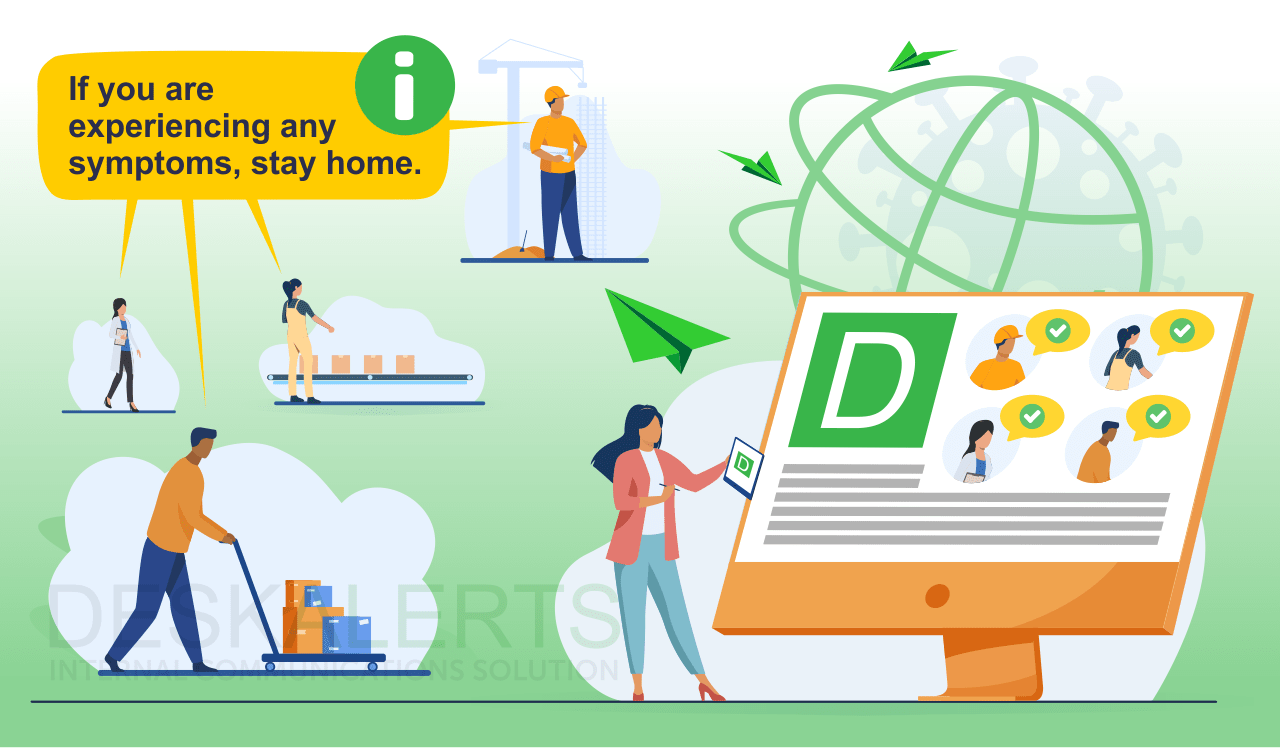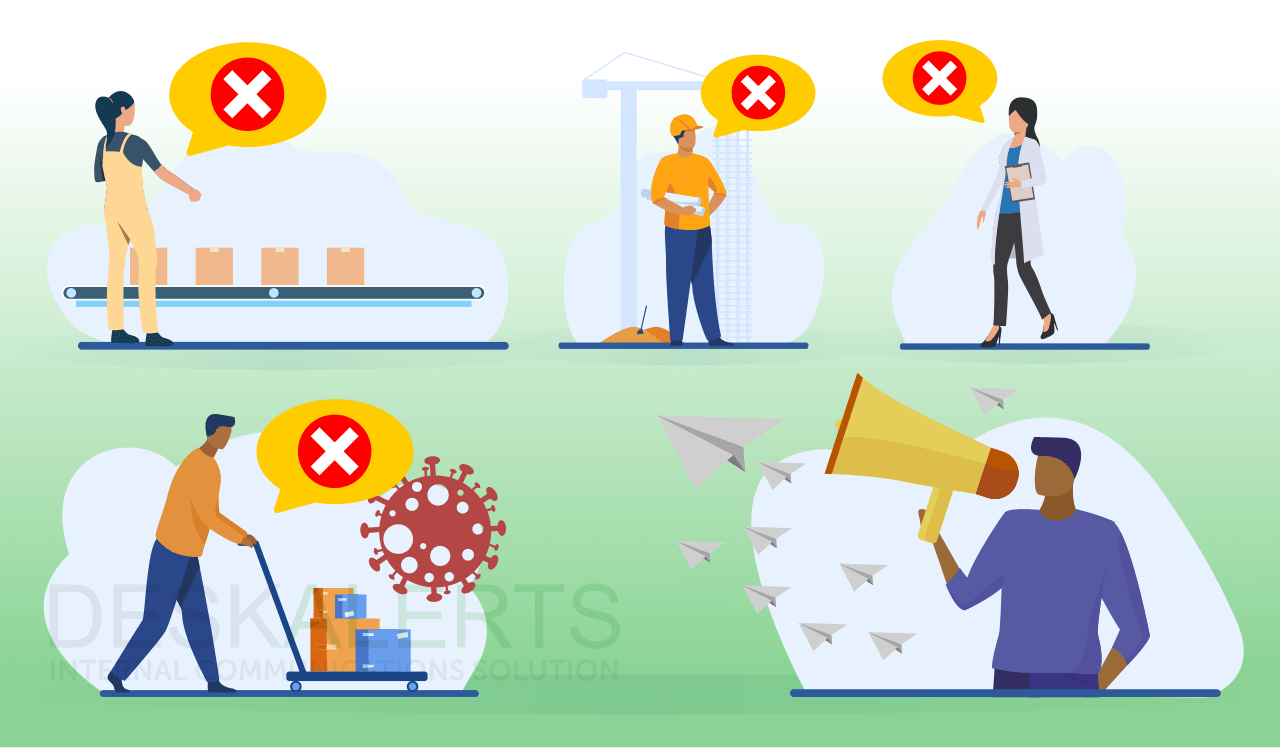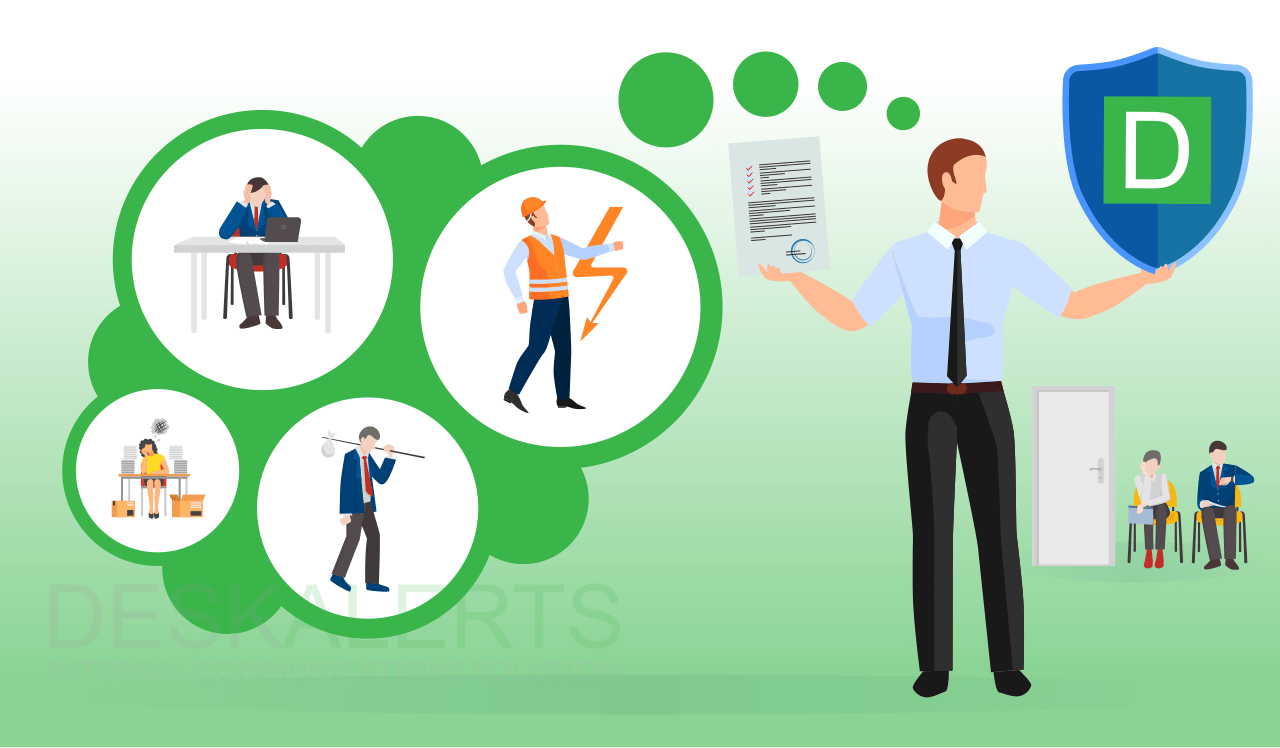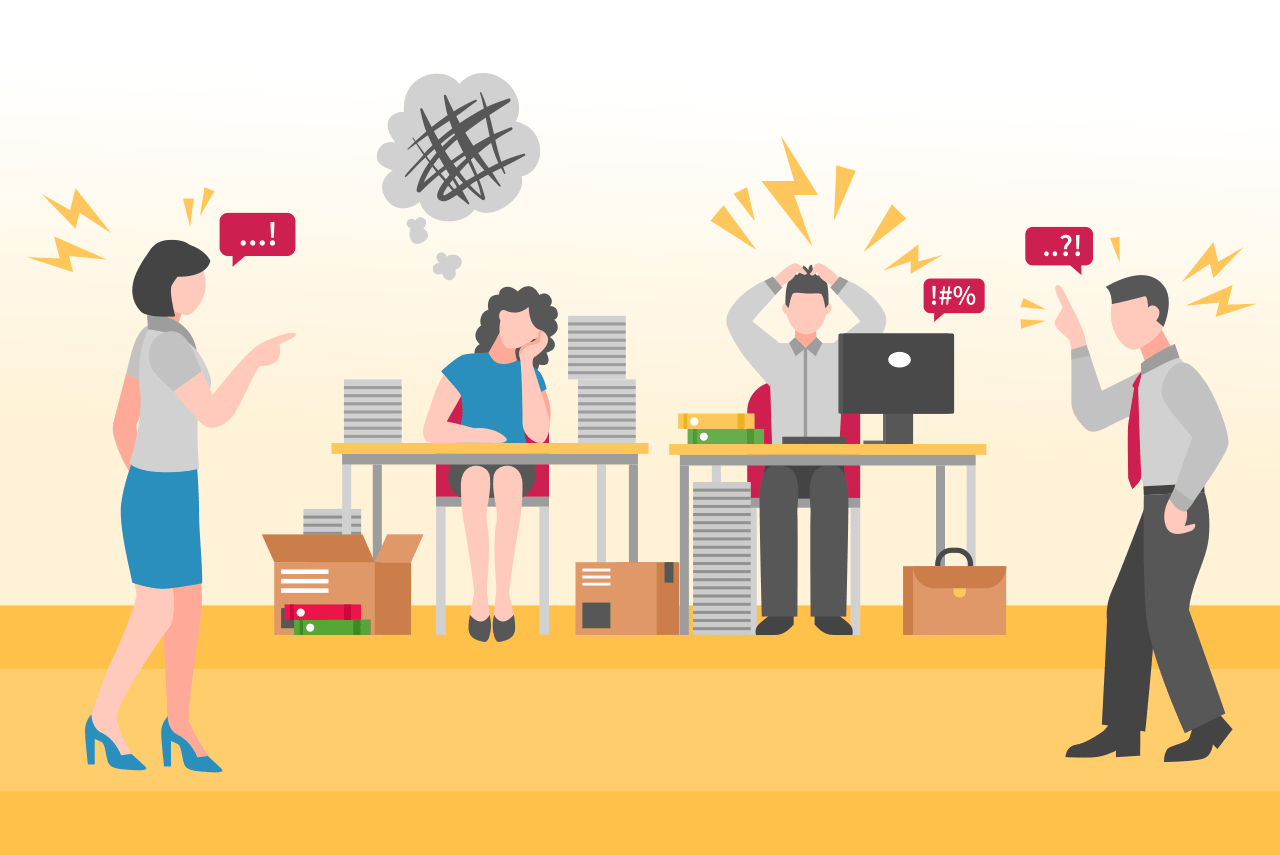
As stay at home, shelter in place and other lockdown measures continue around the globe as a result of the coronavirus (COVID-19) pandemic, more and more workers than ever before are suddenly working alone, away from their teams. This means businesses may need to rethink their policies in order to keep their workers safe, by implementing a lone worker system.
Lone workers aren’t a new phenomenon: the United States Bureau of Labor Statistics estimates there are around 26 million Americans, approximately 16% of the United States’ workforce, who work remotely at least part of the time.
Other lone workers include employees who work outdoors alone, in roles such as driving trucks and other freight, traveling sales representatives, nurses and other health workers who attend clients’ homes and so on.
In general, a lone worker is someone who is not seen easily by their colleagues or their manager, and if they require urgent help, the company may not know and therefore may not be able to provide it.
Whether your organization has lone workers all the time, or you’re experiencing it for the first time as a result of the COVID-19 pandemic, you should have a lone worker protection plan in place to ensure your employees are safe, no matter where they are performing their roles.
Why are lone workers in danger during a pandemic?
Many lone workers are employed in roles that can’t be carried out remotely. This includes healthcare workers, maintenance people, service technicians and other essential workers who have to come into contact with other people.
These types of workers are especially at risk during a pandemic. Without proper protective equipment – which can be difficult to come by in some parts of the world – the risk of exposure to COVID-19 is greater than if they were able to stay at home and self-isolate.
But even employees who are self-isolating and working from home can face risks, especially if they’ve never worked from home before and their transition to working from home happened very suddenly. These workers may still leave their homes to get supplies or exercise or any other reason that is allowed in their jurisdictions. They also run the risk of contracting the virus in these scenarios.
There are a range of other workplace health and safety risks that can coexist alongside the risks posed by COVID-19, including having a safe and secure place to carry out work, free from hazards. A lone worker safety policy can help to address this.
Why you need a lone worker protection plan
Having a written set of guidelines about the steps your organisation will take and the measures it will put in place to keep lone workers safe will benefit both management and employees alike.
As an employer you have a moral and legal duty of care to provide a safe work place for all your employees, and lone workers are no exception. Your lone worker protection plan should comply with all laws and standards in your jurisdiction that relate to workplace safety.
Your lone worker system should also show that you have considered the various hazards your lone workers could face, and you have also established that they should be able to engage in safe work in this environment. So, for example, if a job is not safe for one person to do alone, you should not be directing that employee to engage in lone work.
Steps to protect, inform and engage your lone workers
Employers have a legal responsibility to protect the health and safety of their lone workers and, in turn, encourage lone workers to take responsibility for their own health and safety where applicable.

These are the most important steps you need to take to protect your lone workers:
1. Outline potential risks and hazards that your lone workers could face
Conduct a thorough risk assessment that looks at a range of different health and safety challenges that could arise for your lone workers.
In addition to COVID-19 and coming into contact with other viruses and illnesses you should include other scenarios in your lone worker system. For example physical violence, hazardous materials that employees work with, and other safety issues such as smoke, poor air quality and driving long distances fatigue.
Workers with medical conditions may be at increased risk if they are working alone without anyone who can render assistance.
2. Provide lone workers with necessary equipment to stay safe
There are a number of ways you can eliminate or minimize risks to your lone workers’ safety. As part of your lone worker safety policy, this his can include providing them with various forms of equipment including, but not limited to:
- Communications devices such as cell phones and radios
- Automatic warning devices such as panic alarms
- First aid kits
- Fire extinguishers/ fire blankets
- Personal Protective Equipment relevant to their jobs
3. Outline steps that your employees should take to stay safe in these scenarios
Communication is critical to keeping your lone workers safe.
Managers should regularly communicate and check in on their employees to ensure they are safe and find out if there are any issues that should be addressed.
Clearly and concisely direct your employees about what to do in each of these scenarios. This includes enabling them to alert the organization to the issue they are experiencing, such as via a distress button/security app, alerting authorities, evacuating unsafe locations or sheltering in place where appropriate.
For COVID-19 you should give clear instructions about what protective equipment should be worn, what social distancing measures should be adhered to, and the importance of washing hands, using sanitizers and disinfecting equipment that may have been exposed to the virus.
Communication to employees from the organization is equally important. Unfortunately lone workers can be overlooked or hard to reach via traditional internal communication delivery methods such as email.
Look at improving the channels you use to deliver internal communications to these employees. Send emergency alerts to computers, mobile phones and tablets alerting your employees to any events that could critically affect their safety. Use surveys to get instant feedback from staff on the ground about health and safety issues.
All of these are features of DeskAlerts. DeskAlerts messages are designed to be obtrusive and can’t be skipped, ignored or missed.
You should also take steps to ensure you communicate your lone worker protection policies with employees in a way you can be certain they have seen. DeskAlerts’ statistics measurement module will let you know which employees have seen your messages so you can use this information at a later date to prove the employee was aware of the policy.
4. Train your employees
Appropriate training is another critical aspect of your lone worker system. Employees should be offered training in the use of any equipment you give to them to keep them safe. You should also train them in any emergency procedures that you have established, as well as basic first aid training.
Working remotely and working in non-traditional environments means that many different places are now workplaces. Ensuring that employees who are working this way are safe requires discipline and sound attention to detail and should be a commitment managers take seriously.
Having the right equipment, good training, policies and procedures alongside best-practice internal communications standards will help you keep your lone workers safe both in the COVID-19 pandemic and beyond.
 Caroline Duncan
Caroline Duncan







